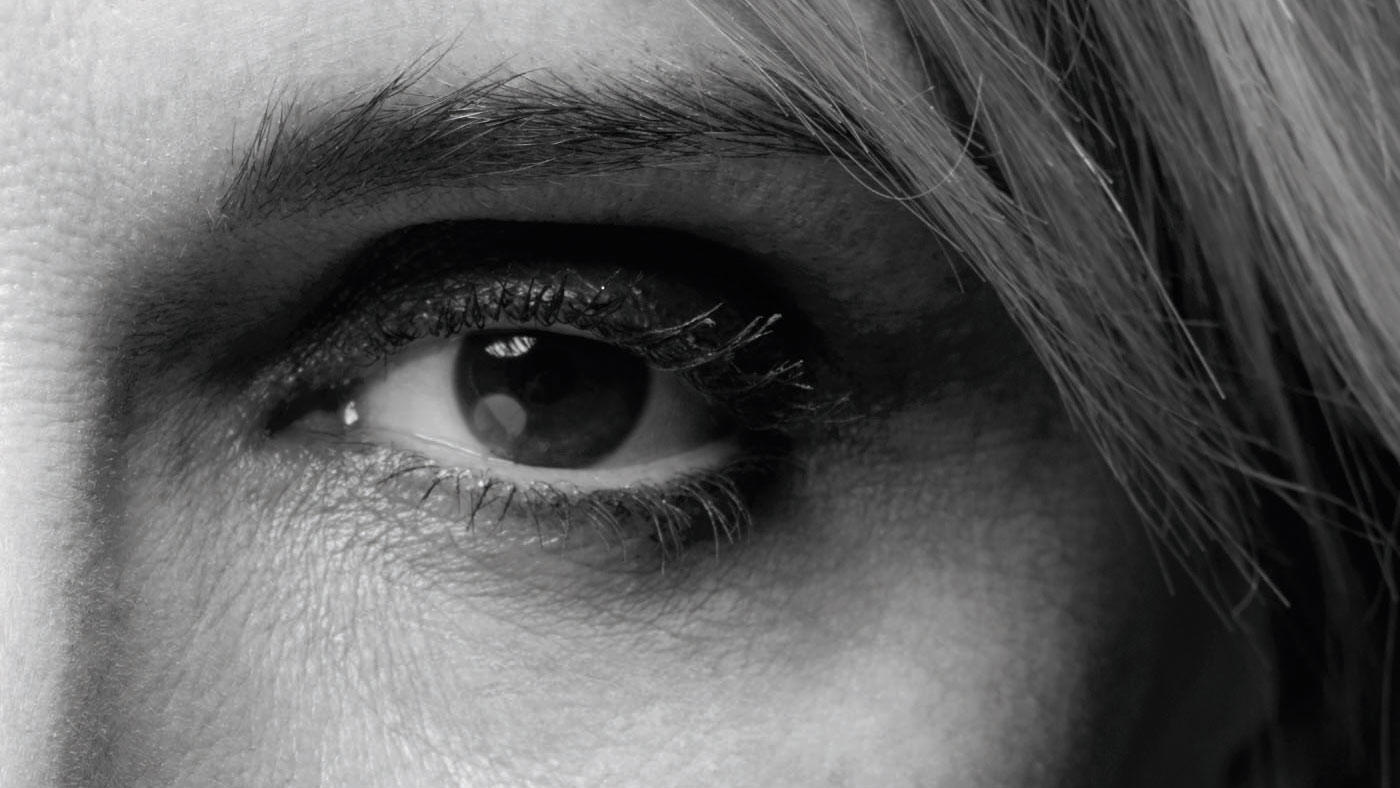Mathilde Laurent: translating Cartier stones into scent

In 1928, Cartier’s master artisans completed the Patiala necklace, a spectacular one-off design commissioned by the Maharaja of Patiala, an avid collector of stones known for his sybaritic lifestyle. Cartier created a multi-stranded bib necklace with 2,930 of his diamonds – setting a yellow 234k De Beers diamond at its centre. In 1948, the Cartier masterpiece disappeared under mysterious circumstances – a case made even more peculiar when an employee of the brand discovered parts of the necklace at a London second-hand jewellery shop in 1998.
When Matilde Laurent first spotted a printed diagram mapping the necklace’s many components for its restoration, the award-winning perfumer was reminded of a fragrance formula. “Looking at the list of all the stones and their numbers – I saw a perfume,” she remembers. Laurent, 48, joined Cartier in 2005 as the marque’s in-house perfumer tasked with creating scents in line with Cartier’s noble heritage. “Our job is to translate,” she says. “We translate a house into a bottle, a smell.”

Born in Paris, Laurent was raised in the city’s Montparnasse area by her artist parents. Laurent has since come full circle: her current office is located in the same arrondisement, at the glass-fronted Fondation Cartier, a Jean Nouvel designed building inaugurated in 1994, which also houses a public art gallery and opens onto a garden. Following an undergraduate degree in chemistry, Laurent enrolled in a two-year perfumery programme at ISIPCA. Jean-Jacques Guerlain established the school in Versailles in 1970, offering postgraduate education in perfume, cosmetics and food flavour formulation. “This school made it possible for people to enter perfumery,” says Laurent.
The Week
Escape your echo chamber. Get the facts behind the news, plus analysis from multiple perspectives.

Sign up for The Week's Free Newsletters
From our morning news briefing to a weekly Good News Newsletter, get the best of The Week delivered directly to your inbox.
From our morning news briefing to a weekly Good News Newsletter, get the best of The Week delivered directly to your inbox.
After, a three-month internship at Geurlain turned into an eleven-year spell at the brand, during which time Laurent collaborated on bestselling additions to Guerlain’s collections. “I often say that for eleven years I ate Guerlain. When I arrived at Cartier I said to myself, ‘Now you are going to eat Cartier. In French, we say, ‘Faire feu de tout bois’,” referring to the notion of grasping every opportunity in order to succeed. Language, scent, food and drink are all part of Laurent’s sensory expertise. The Patiala necklace itself has yet to inspire a fragrance, but Laurent did research India when combining patchouli notes with coriander and frankincense for L’heure Mystérieuse (2009), the 12th instalment of her Les Heures de Cartier, a collection of niche fragrances referencing the Roman numerals on Cartier’s timepieces. For other creations, Laurent delves deep into the brand’s archives and jewellery department. “In Cartier, this is what is really exceptional, wonderful and so fructueux [fruitful],” Laurent explains. “All the métiers are in-house; all creators speak and work together.” This collaborative spirit extends to Cartier flacons too. Last year, travel-sized editions of Laurent’s Les Heures Voyageuses collection referenced the geometric lines of a Cartier brooch dating from 1909.
In 1998, Cartier debuted Déclaration, a masculine fragrance with notes of caraway seeds, ginger, Orris root and amber. It was composed by the famous perfumer Jean-Claude Ellena. He undertook research for Déclaration at France’s oldest tea house, Mariage Frères. “They had over 100 different types, so I spent the whole day smelling tea,” he recalls.
Two decades after Déclaration’s debut, Laurent has this year turned her hand (or rather, her nose) to re-interpreting the original, with the launch of Cartier Déclaration Eau de Parfum, which hones in on Ellena’s black Russian tea notes. “Jean-Claude created the first Déclaration, the iconic one,” says Laurent. “I had to understand how he would have done it. It was really interesting to smell the fragrance and to try to see the directions I could take the perfume.”
Cartier first branched into fragrance in 1981, debuting Must de Cartier, a green oriental scent with notes of galbanum and sweet vanilla, followed by Santos for men the same year. Laurent’s own creations draw from milestone moments in the brand’s history. Launched in 2014, her La Panthère is an update to a vintage 1986 fragrance and shares its name with the iconic Cartier ladies watch, itself a tribute to house muse and designer Jeanne Toussaint who was affectionately nicknamed ‘Panthère’ by Louis Cartier. “What is really complicated and makes a Cartier fragrance, I think, is to be very innovative yet so chic, so French,” says Laurent. “How Cartier selects the stones for a parure has been a great inspiration for the olfactory style of Cartier. The purity and the incredible beauty of the stone is enough. You don’t have to add. You just need incredible stones. In perfumery too you can see an incredible pureness. The ingredients are well chosen. They play the principal part.”
A free daily email with the biggest news stories of the day – and the best features from TheWeek.com
